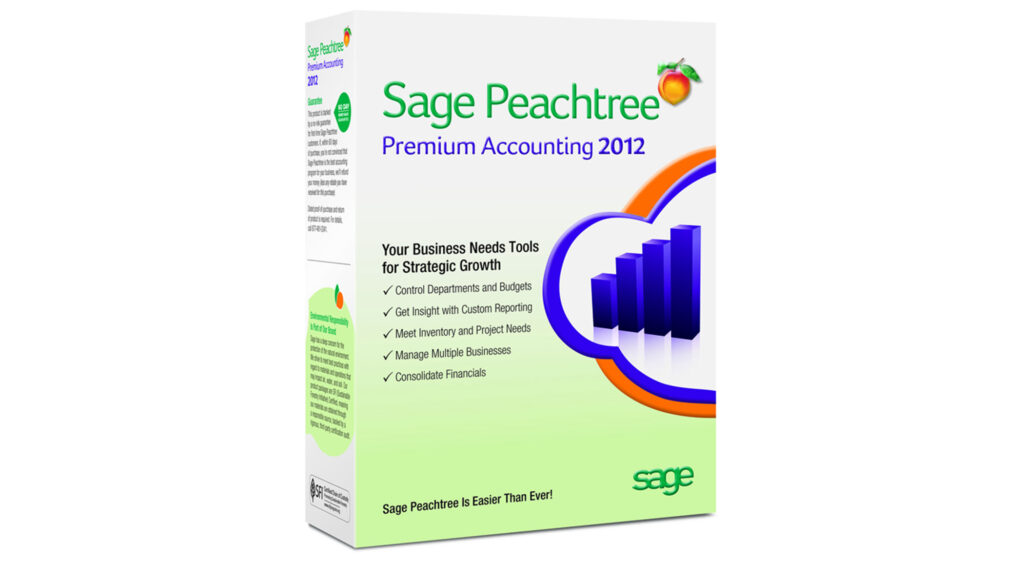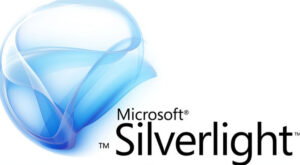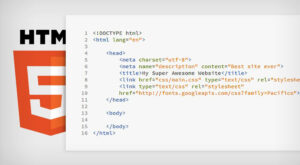
Peachtree Accounting, a popular accounting software solution, had a significant user base and was renowned for its ease of use and features. However, as software evolves, older versions, including Peachtree Accounting 2012, eventually become outdated. In this article, we’ll explore what happened to Peachtree Accounting 2012 and the reasons behind its transition.
Peachtree Accounting 2012: An Overview
Peachtree Accounting 2012 was part of the Peachtree software series developed by Sage Software. It was designed to assist small and medium-sized businesses in managing their financial and accounting tasks efficiently. The software featured various modules for general ledger accounting, accounts payable and receivable, inventory management, payroll processing, and financial reporting. Peachtree Accounting 2012 was lauded for its user-friendly interface, making it accessible to users with varying levels of accounting expertise.
What Happened to Peachtree Accounting 2012?
- End of Support: Over time, software companies discontinue support for older versions of their products. Peachtree Accounting 2012 was no exception. Sage Software officially ended support and updates for this version, meaning that users could no longer receive critical bug fixes, security patches, or technical assistance.
- Advancements in Technology: The field of accounting software has seen significant technological advancements, particularly in areas such as cloud computing, automation, and integration with other business systems. Peachtree Accounting 2012 was left behind in this fast-evolving landscape.
- Security and Compliance: As businesses face increasing security threats and regulatory requirements, running outdated software poses risks. Newer accounting software often includes updated security features and compliance tools to address these challenges.
- User Demands: Users’ expectations for accounting software have changed over the years. They now seek not only basic accounting functionality but also additional features, such as mobile accessibility, data analytics, and real-time financial reporting.
Transition to Sage 50
Peachtree Accounting users were encouraged to transition to Sage 50, which was the successor to the Peachtree line of accounting software. Sage 50 included a range of enhancements and improvements, including:
- Cloud Integration: Sage 50 offered cloud integration options, allowing users to access their financial data from anywhere with an internet connection.
- Advanced Reporting: Users could generate more sophisticated and customizable financial reports, providing deeper insights into their business’s financial health.
- Mobile Access: Sage 50 introduced mobile apps, enabling users to manage their accounts and finances on smartphones and tablets.
- Updated User Interface: The user interface received a modernized design, making it more intuitive and user-friendly.
Conclusion
Peachtree Accounting 2012, a beloved accounting software solution, eventually gave way to newer technology and user demands. The end of support for this version was a significant factor in the transition to more current accounting software like Sage 50. As the business world continues to evolve, accounting software must keep pace to meet the changing needs of organizations and their financial management requirements. The legacy of Peachtree Accounting lives on in its successors, which offer enhanced features and capabilities for modern accounting and financial management.



